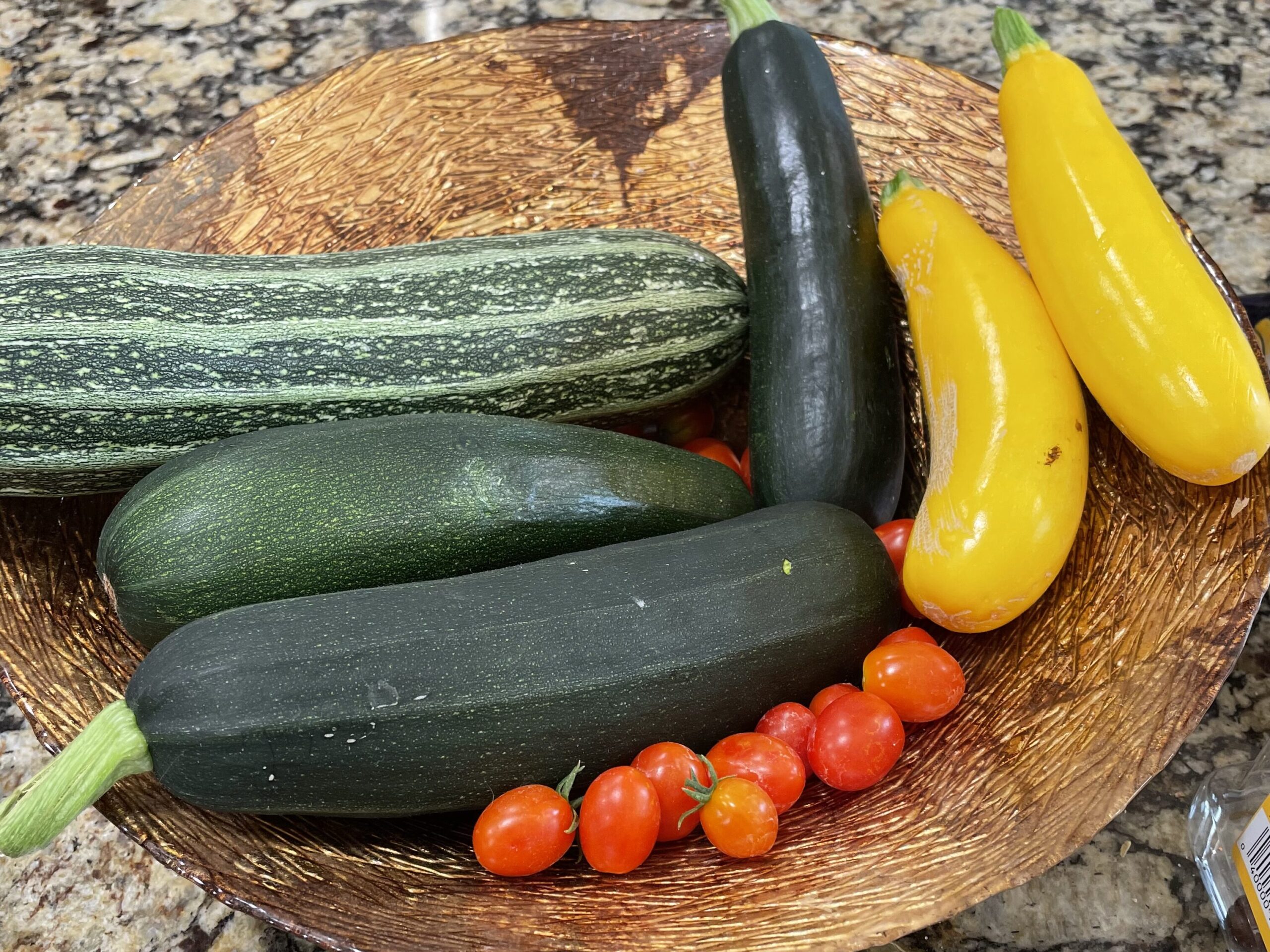
Cucumbers and squash, the most common vine crops, are easy to grow in Colorado at elevations below 5,500 feet. They require a long, warm growing season of at least 50 to 65 days. In lower elevations in the southeastern part of the state, muskmelons and watermelons also will do well. They require at least 80 to 95 days to produce fruit.
How can I prevent frost killing my vine crops?
Vine crops are extremely frost sensitive. Delay planting any vine crops until a week after the average last spring-frost date for the area, or longer if the year has been cold. Ideally, soil temperatures at a two-inch depth should be 60 degrees Fahrenheit before planting.
Can I lengthen the growing season?
It’s possible to lengthen the growing season through the use of transplants. Vine crops will die from root disturbance, so they should be planted while still in a peat pot.
Where should vine crops be planted?
Vine crops should be planted in hills so water can drain away from the seedlings. Plant five or six seeds in a mound and space the hills four to six feet apart to allow the vines to grow. After the vines emerge from the ground, thin the plants and leave the strongest two or three seedlings. Vines may also be grown vertically on a fence or in a cage to conserve garden space.
How should I water my vine crops?
Irregular watering will produce poor quality fruit and bitter cucumbers. While it’s better to water five to seven days apart, more water may be required in warm weather, especially in sandy soils. Temporary wilting in the afternoon is common, but morning wilting is a call for immediate watering.
When can I expect fruit to be produced?
When vine plants don’t produce fruit on their first flowers, gardeners are often baffled, but these first flowers usually will not produce. If the vine does not produce fruit for several weeks, a lack of insects, especially honeybees, important for pollination may be the problem.
When should I harvest cucumbers and squash?
Cucumbers and summer squash should be harvested as immature fruit. Harvest them young when they are at peak quality. Winter squash and pumpkins are not ready to pick until the skin is hard to penetrate with a thumbnail.
For “Bees & colony collapse disorder” refer to message number 1404.
For more information, see the following Colorado State University Extension fact sheet(s).



